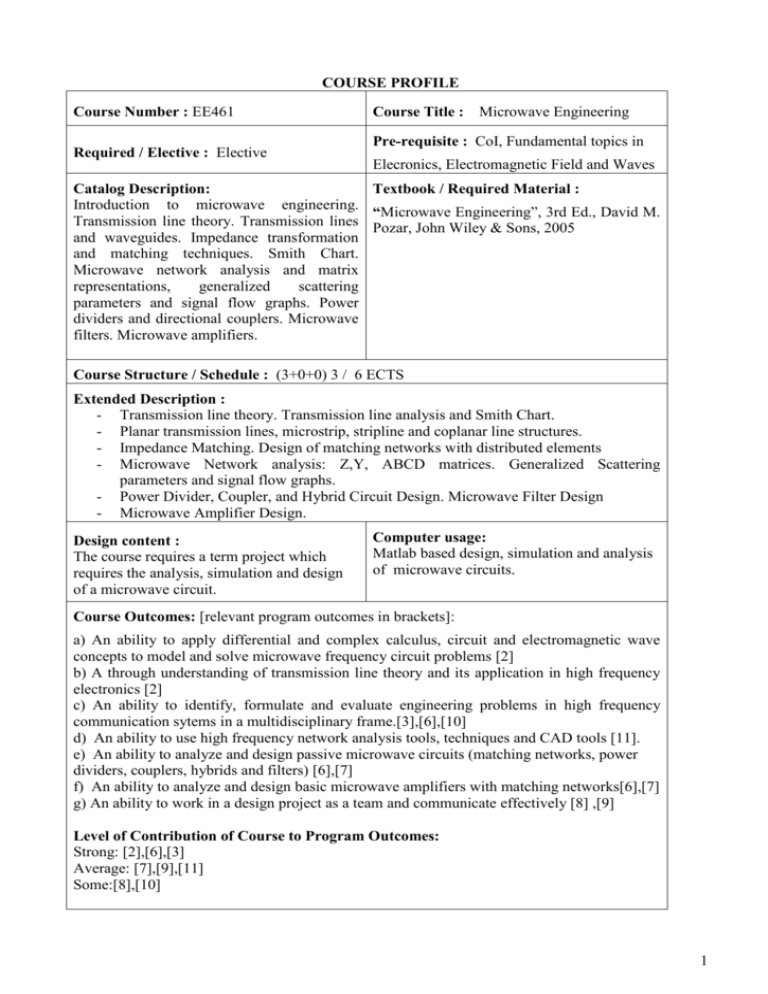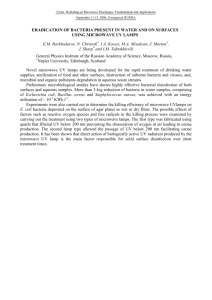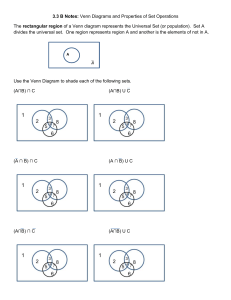EE 461
advertisement

COURSE PROFILE Course Number : EE461 Required / Elective : Elective Course Title : Microwave Engineering Pre-requisite : CoI, Fundamental topics in Elecronics, Electromagnetic Field and Waves Catalog Description: Textbook / Required Material : Introduction to microwave engineering. “Microwave Engineering”, 3rd Ed., David M. Transmission line theory. Transmission lines Pozar, John Wiley & Sons, 2005 and waveguides. Impedance transformation and matching techniques. Smith Chart. Microwave network analysis and matrix representations, generalized scattering parameters and signal flow graphs. Power dividers and directional couplers. Microwave filters. Microwave amplifiers. Course Structure / Schedule : (3+0+0) 3 / 6 ECTS Extended Description : - Transmission line theory. Transmission line analysis and Smith Chart. - Planar transmission lines, microstrip, stripline and coplanar line structures. - Impedance Matching. Design of matching networks with distributed elements - Microwave Network analysis: Z,Y, ABCD matrices. Generalized Scattering parameters and signal flow graphs. - Power Divider, Coupler, and Hybrid Circuit Design. Microwave Filter Design - Microwave Amplifier Design. Design content : The course requires a term project which requires the analysis, simulation and design of a microwave circuit. Computer usage: Matlab based design, simulation and analysis of microwave circuits. Course Outcomes: [relevant program outcomes in brackets]: a) An ability to apply differential and complex calculus, circuit and electromagnetic wave concepts to model and solve microwave frequency circuit problems [2] b) A through understanding of transmission line theory and its application in high frequency electronics [2] c) An ability to identify, formulate and evaluate engineering problems in high frequency communication sytems in a multidisciplinary frame.[3],[6],[10] d) An ability to use high frequency network analysis tools, techniques and CAD tools [11]. e) An ability to analyze and design passive microwave circuits (matching networks, power dividers, couplers, hybrids and filters) [6],[7] f) An ability to analyze and design basic microwave amplifiers with matching networks[6],[7] g) An ability to work in a design project as a team and communicate effectively [8] ,[9] Level of Contribution of Course to Program Outcomes: Strong: [2],[6],[3] Average: [7],[9],[11] Some:[8],[10] 1 Recommended reading: “RF Circuit Design”, Theory and Applications, R. Ludwig and P. Bretchko, Prentice Hall “Field and Wave Electromagnetics”, 2nd Ed., David K. Cheng, Addison-Wesley, 2002 Teaching Methods: Pre-readings, lectures, individual homework exercises, design project, presentations. Assessment Methods: [Related to course outcomes] Homeworks, Midterm exams, Final exam, [a,c,d,e] Project and presentation, Class survey [b,c,d,f,g] Student Workload: Preparatory reading 54 hrs Lectures 40 hrs Project 34 hrs Presentation 1 hrs Homeworks 14 hrs Midterm Exams 4 hrs Final Exam 3 hrs TOTAL ………………………… Prepared by : Prof..Dr. Ahmet Aksen 150 hrs … to match 25 x 6 ECTS Revision Date : 02.02.2010 2





